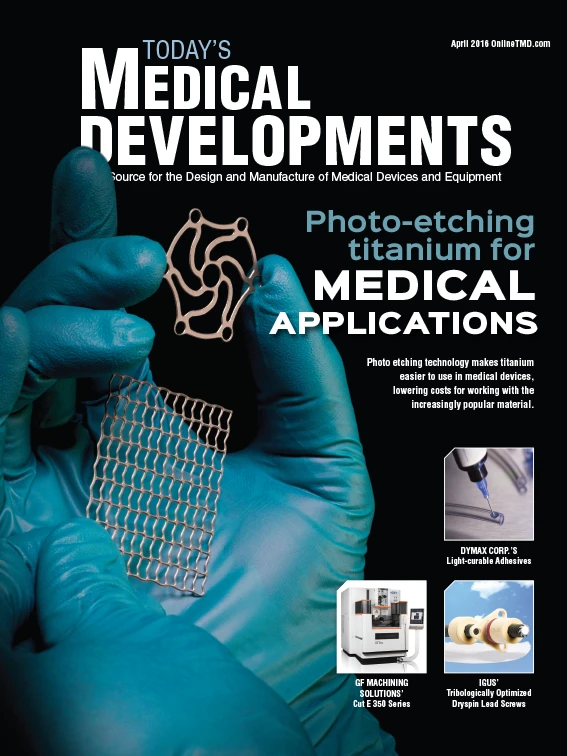
It’s probably best if I start off apologizing in case I offend anyone who owns a Buick. And, I might as well send my apologizes to General Motors, because they are finally working to change the image people have of Buicks – however it seems to be a little too late.
I’m not a fan of Buicks. Don’t get me wrong, I truly appreciated them – up until about 1980 and then it stopped. No matter how many “Not your father’s Buick” ads I see, I associate Buicks as cars owned by my in-laws, elderly neighbors, and other AARP-eligible individuals. The fact that the vehicle is outrageously popular in China is hard for me to understand. The advertising campaign touts how GM “Engineered all the grandma” out of their cars, but I’m still not buying it.
Slowly, this campaign is moving the brand’s image in the desired direction, as the average Buick buyer’s age has fallen to 58 years from 65 only six years ago. I question what took them so long to realize the decline of their image. Developing a reputation for being a stylistic or technological has-been isn’t only a risk for car brands. It can happen to you if don’t pay attention to what’s on your shop floor.
Last month Grady Cope, founder of Reata Engineering, spoke at The MFG Meeting, a joint event comprised of members from AMT – The Association For Manufacturing Technology and the National Tooling and Manufacturing Association (NTMA). Ask anyone in manufacturing, 2009 was more than rough for the industry, and Cope’s company’s experience was no different. However, his commitment to invest in automation and advanced technology helped his company avoid the stigma of a Buick.
Starting in 2011, Cope visited a number of job shops and contract manufacturing facilities, and that’s what solidified the fact that he had to change how things were done at Reata (ironically, a name similar to Buick’s late 1980s Reatta two-door coupe). Since then, he hasn’t had time to look back because by the summer of 2011, his first Mazak 5-axis Integrex i-200S multitasking machine was up and running – the start of his commitment to automation. Since then, Cope notes that throughput increased more than 50%, the company has been averaging 30% growth per year, and staffing levels have near quadrupled from its low point in 2009. After the first year, that one machine accounted for more than 18% of annual sales.
Success in manufacturing requires the use of automation and advanced technology. Investment brings increased precision and productivity to processes. It always requires changing the way it has always been. Implementing advanced technologies is especially necessary when a company is involved in precision manufacturing markets – such as medical devices.
If you aren’t sure you are ready to take this leap, or you’re unsure if the investment will pay off, then read any issue of Today’s Medical Developments to learn about the importance of embracing automation and advanced technologies. For those who don’t make that leap, your next visitor might just compare your facility to a Buick.
I’d love to hear what you have done to keep your facility current, advanced, and highly productive. Drop me an email at emodic@gie.net. ~ Elizabeth

Explore the April 2016 Issue
Check out more from this issue and find your next story to read.
Latest from Today's Medical Developments
- Machine learning framework enhances precision, efficiency in metal 3D printing
- SkillMill – 60-year-old milling machine with digital twin
- Lumetrics’ OptiGauge II EMS
- EMI completes installation of 128-axis CNC turning & milling machine
- Ottobock invests in innovative technologies from MIT start-ups
- Air Turbine Technology's high-speed live tools for Swiss Lathes
- Sandvik announces several software acquisitions
- Dart Controls’s EZ VFD, variable frequency drives






